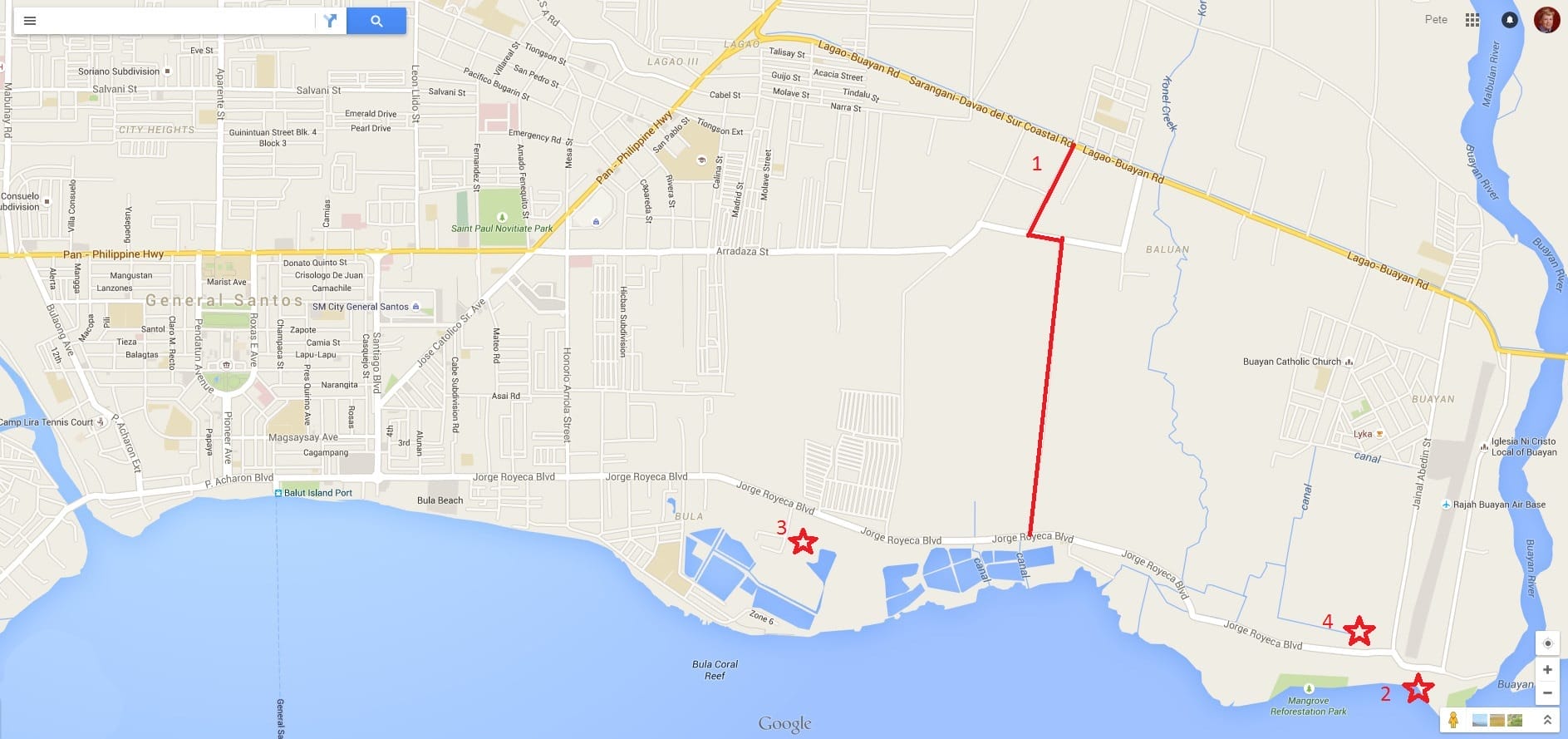by Pete Simpson
Pete Simpson, our intrepid explorer from Mindanao brings us a guide to seeing interesting birds in General Santos, South Cotobato, Mindanao.
The City of General Santos in South Cotabato, Mindanao, is known as the home of great tuna and Manny Pacquiao, I suggest it could become known for birdwatching.
So why would a birdwatcher be in GenSan? I was first there on my way to the newly discovered raptor migration hotspot that is the Sarangani Peninsula and have since passed through on the way to Mount Matutum and Sitio Siete. For my first Sarangani trip I chose to stay in GenSan and use the raptorless afternoons to investigate marshland and fishponds that I had identified on Google Earth. What I found was a number of safe and accessible birding sites, including marshland which is an environment long gone from Davao City, and I found a lot of birds.
The following sites can be worked in to a 24 hour itinerary, the order depending on the tide times. Many of the birds listed would only be here between September and March.
The map shows 4 key areas.
- The rice area. Worth a drive through on the way in and out of town. Turn off on the road to Anabel (on the map as Lagao-Buayan road) before reaching the city proper. Then a right turn before the old airport takes you on a 3km cut through to the coast road. On my first visit the rice paddies were full of Egrets, Wood Sandpiper and a few Red Turtle Dove. The latter is shown in the Kennedy Guide as only in Northern Philippines but is a recent coloniser of Mindanao.
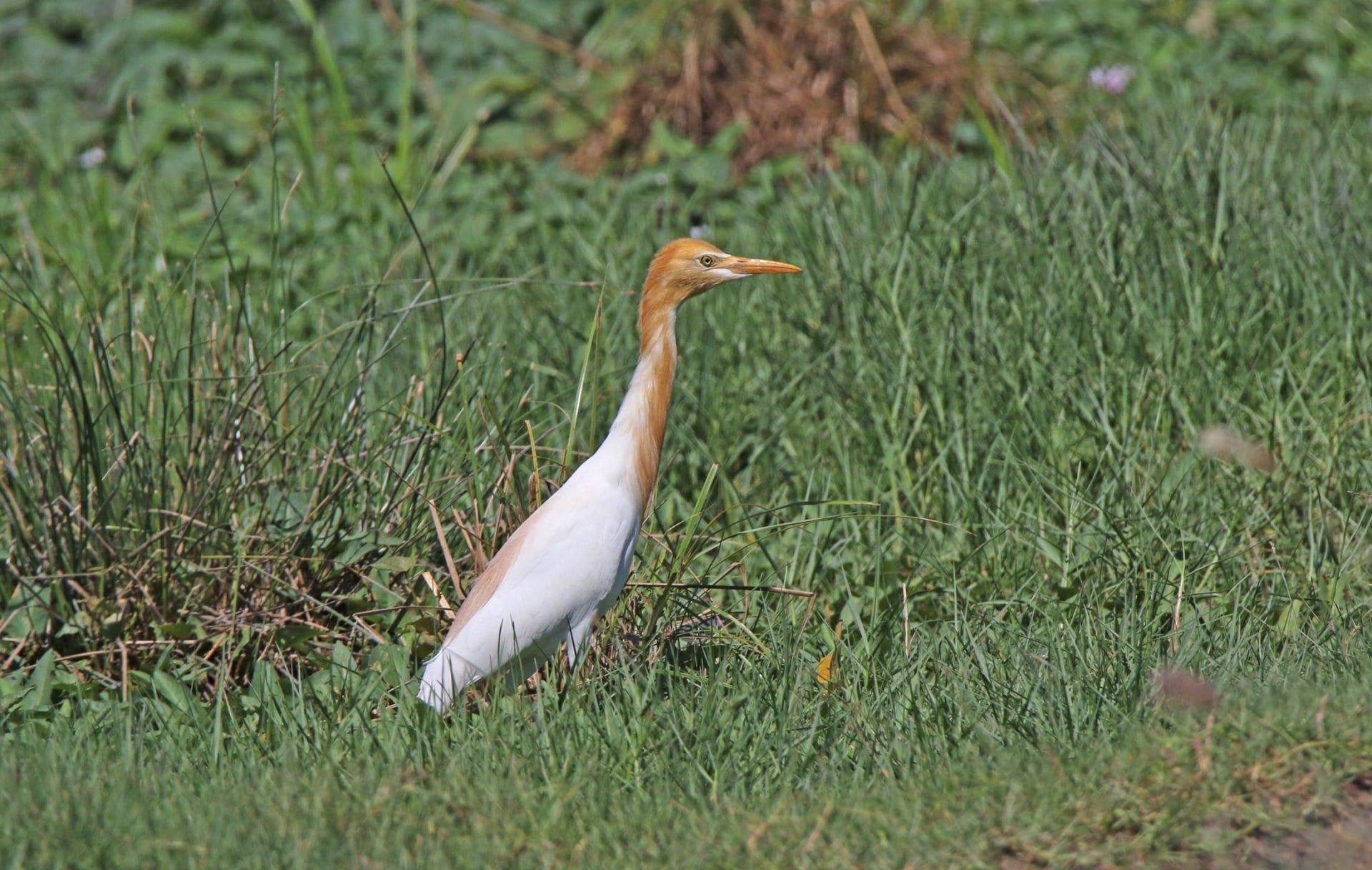
- The beach. A great place to be in late afternoon when the tide is rising, extensive tidal mud/sand flats hold large numbers of waders and terns. Behind the beach is the old airfield which looks a lot like the one in Bislig, complete with grazing cows, motorbikes and joggers. I haven’t seen one yet but I’m sure it holds Eastern Grass Owl.

- J-Twenty Hotel area. The J-Twenty is a good value, clean and modern hotel that I use because it is surrounded by fish ponds and marshland.

A walk from the hotel towards the coast takes in a few poorly maintained fishponds. The ponds hold Stilts, those in summer plumage were identifiable as White-headed, a selection of Sandpipers, a Common kingfisher, a few flushed Snipe sp and a good number of Terns.
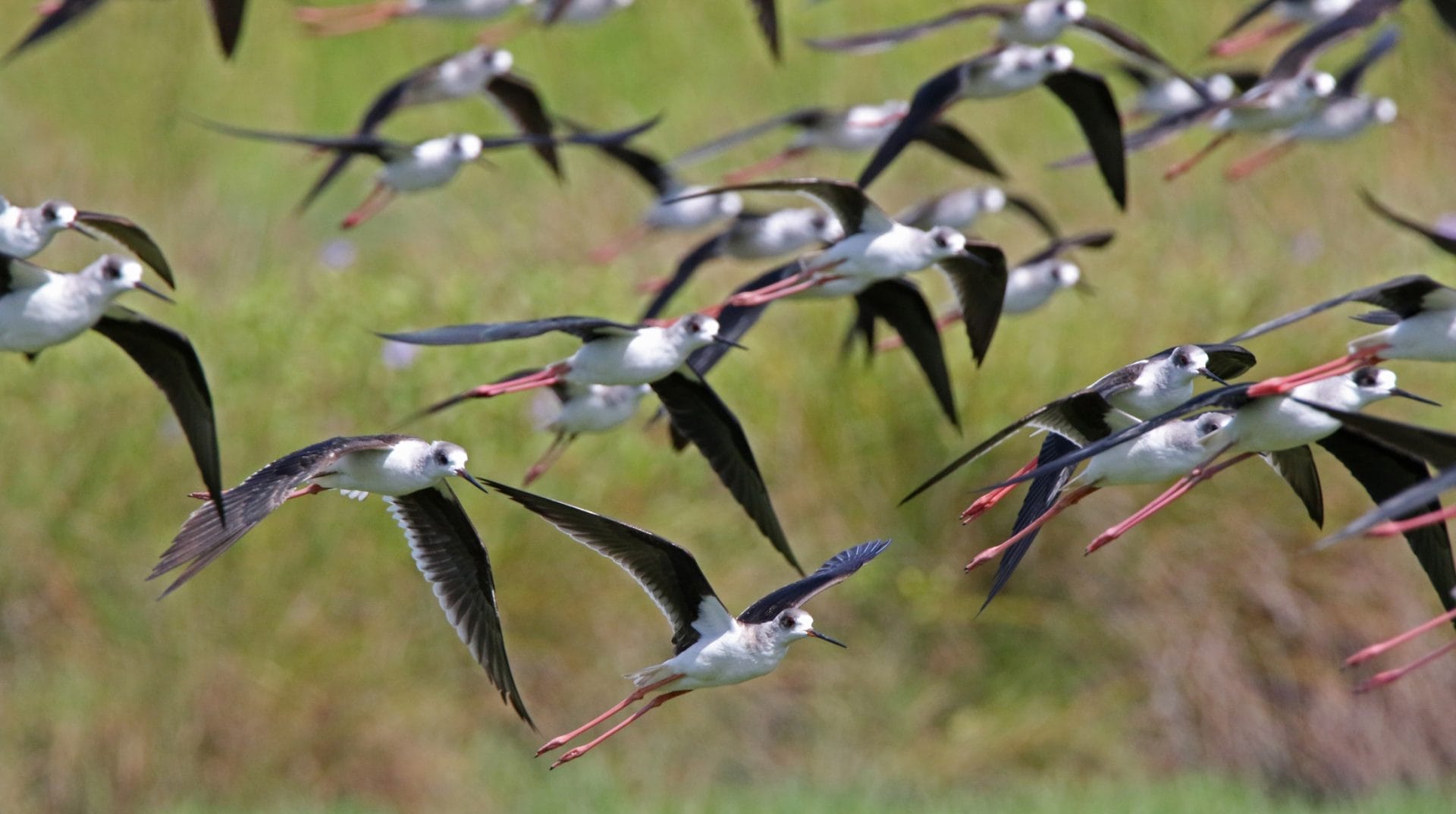
Back out on the main road there is a marsh area opposite the Bombo Radyo building, though only parts can be viewed from the road. In the wet grassland and fruiting bushes around the hotel I have seen an early flock of Chestnut-cheeked Starling and resident Blue-tailed Bee-eater.
- Salt pans and marsh.
Back along the coast road, before the old airport, I park my car next to the ongoing construction site of a new sports arena. There is a permanently open gate through to a busy salt pan complex and a marshy area to the north. The site is private but the owners are friendly and inviting. Please take care if walking across the mud walls of their pans.

If arriving at dawn you will witness the dispersal of thousands of Egrets from their costal mangrove roost.
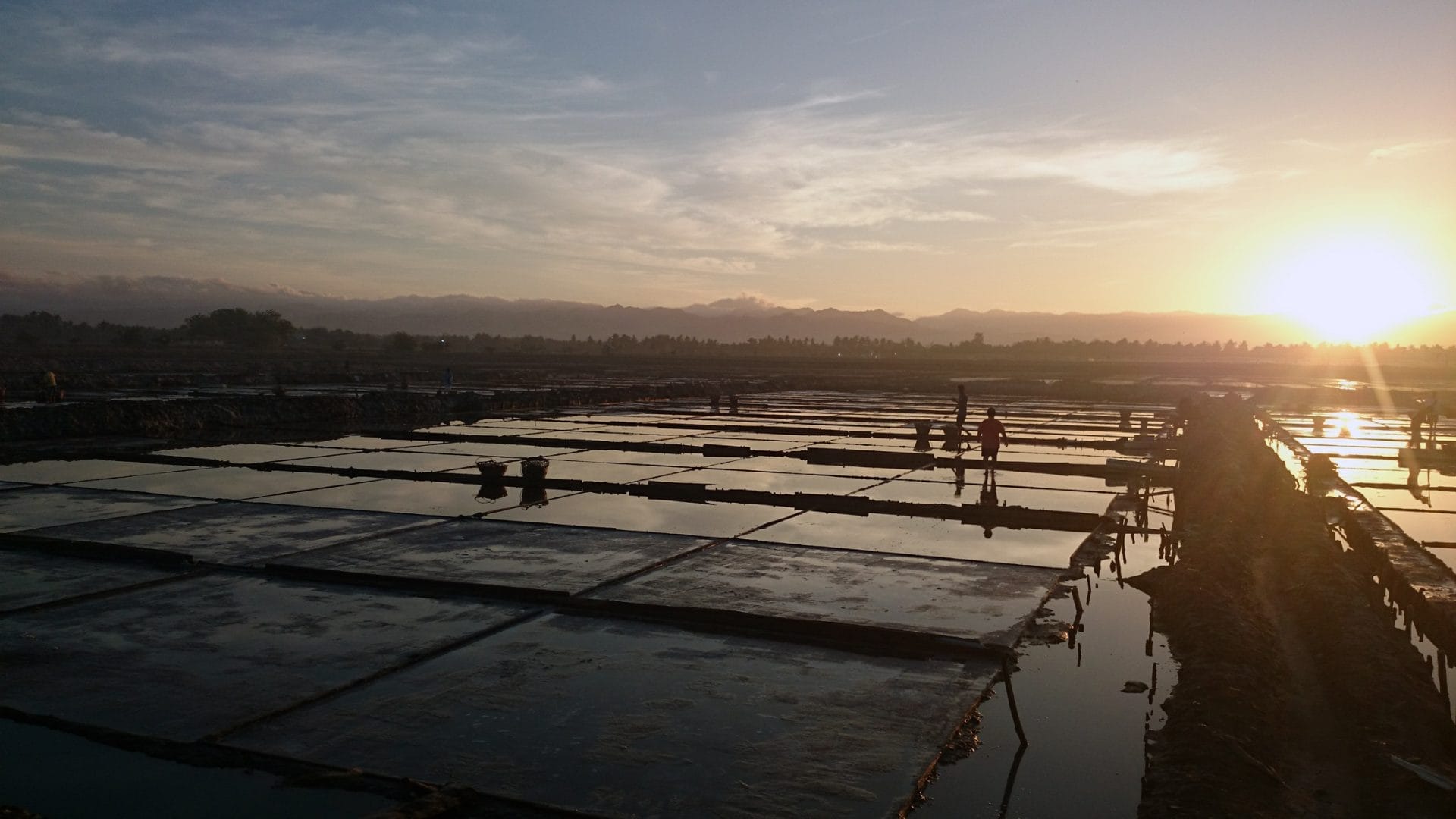
I have recorded 21 species of wader in the salt pans in a single morning. They were….
White-headed Stilt
Pacific Golden Plover
Grey Plover
Little Ringed Plover
Lesser Sand Plover
Greater Sand Plover
Whimbrel
Eurasian Curlew
Far Eastern Curlew
Common Redshank
Marsh Sandpiper
Common Greenshank
Wood Sandpiper
Terek Sandpiper
Common Sandpiper
Great Knot
Red-necked Stint
Long-toed Stint
Sharp-tailed Sandpiper
Broad-billed Sandpiper
Ruff
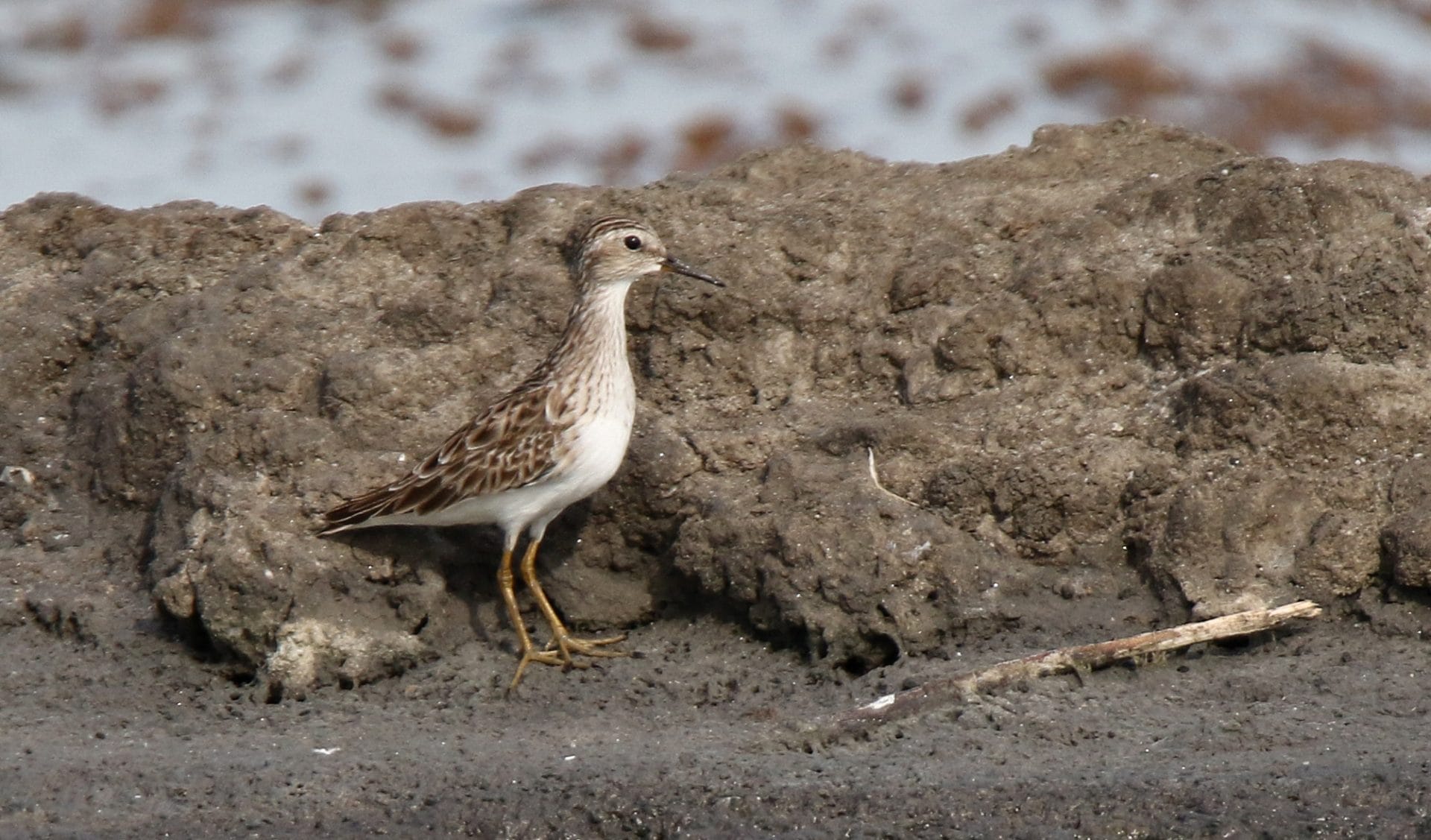
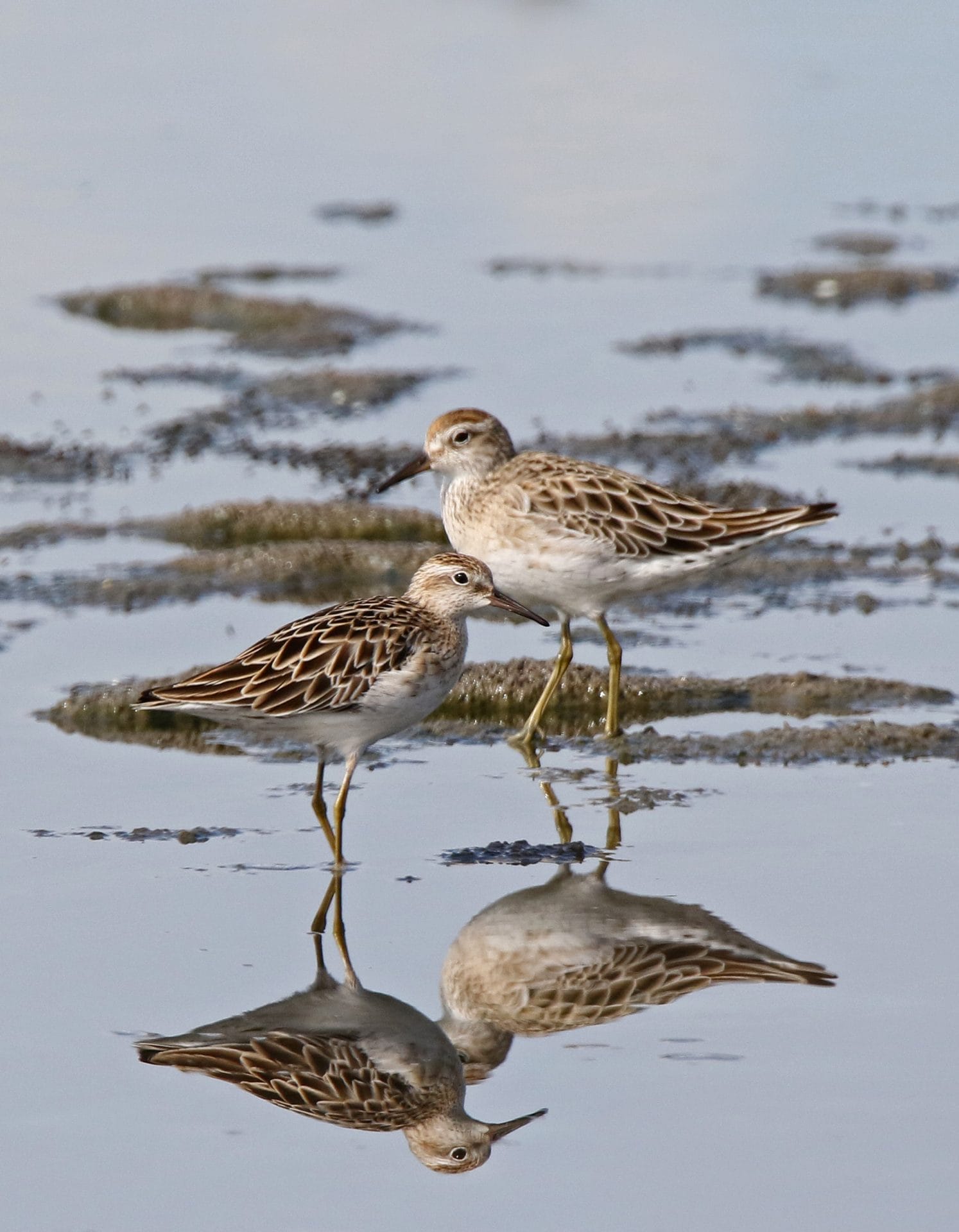

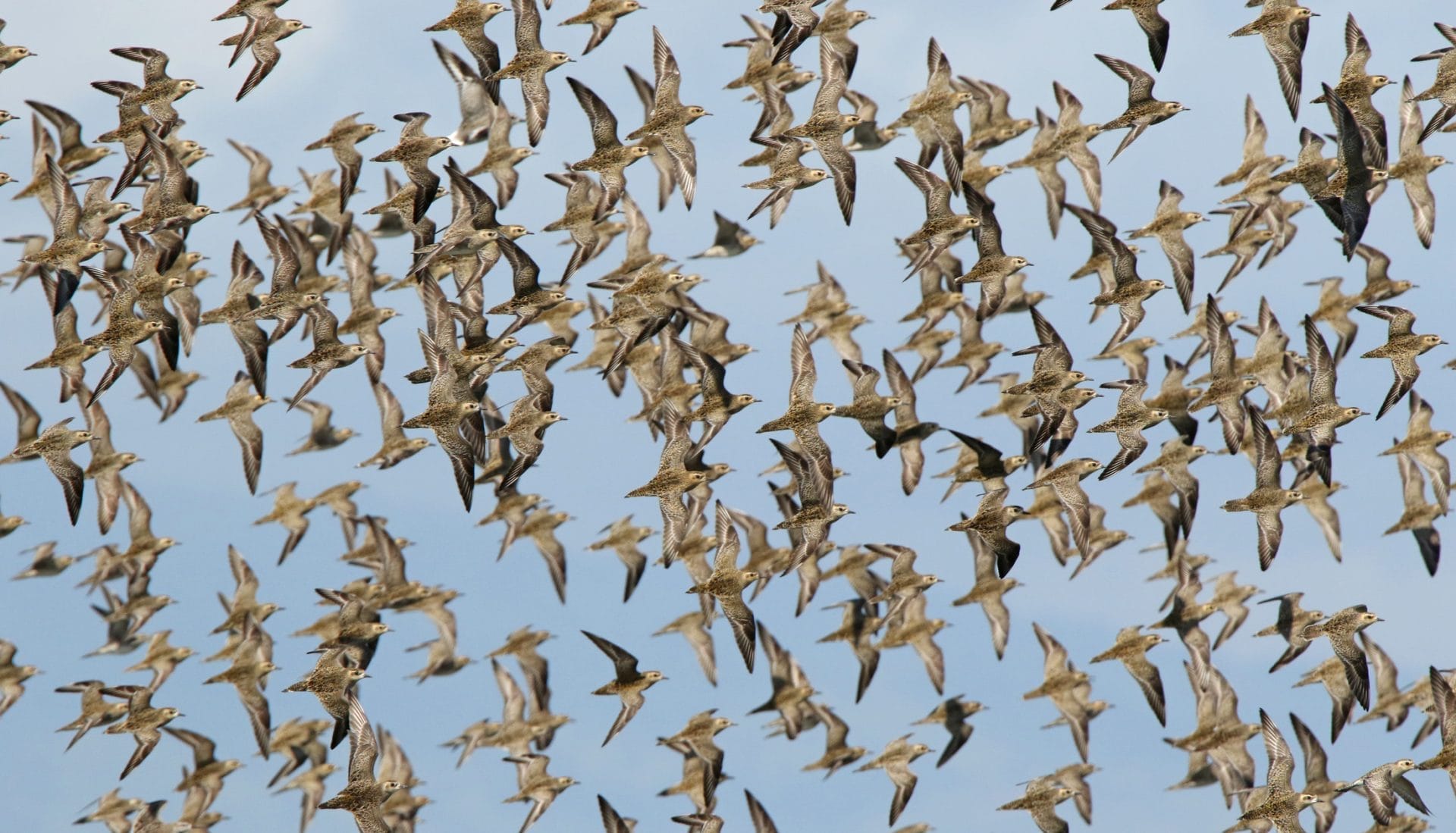
To the north and west of the salt pans is a marsh area which holds a good assortment of species that I never get to see in Davao City; ducks, rails and gallinules.
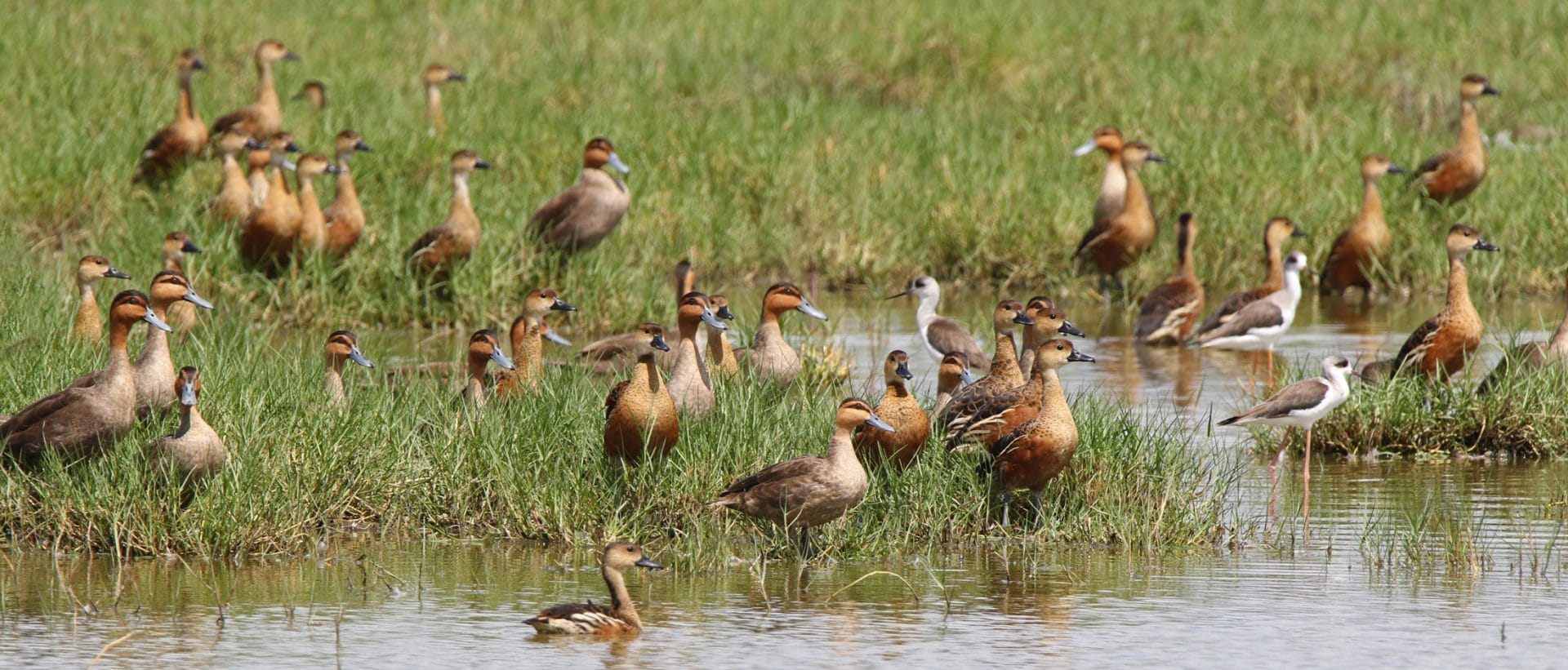
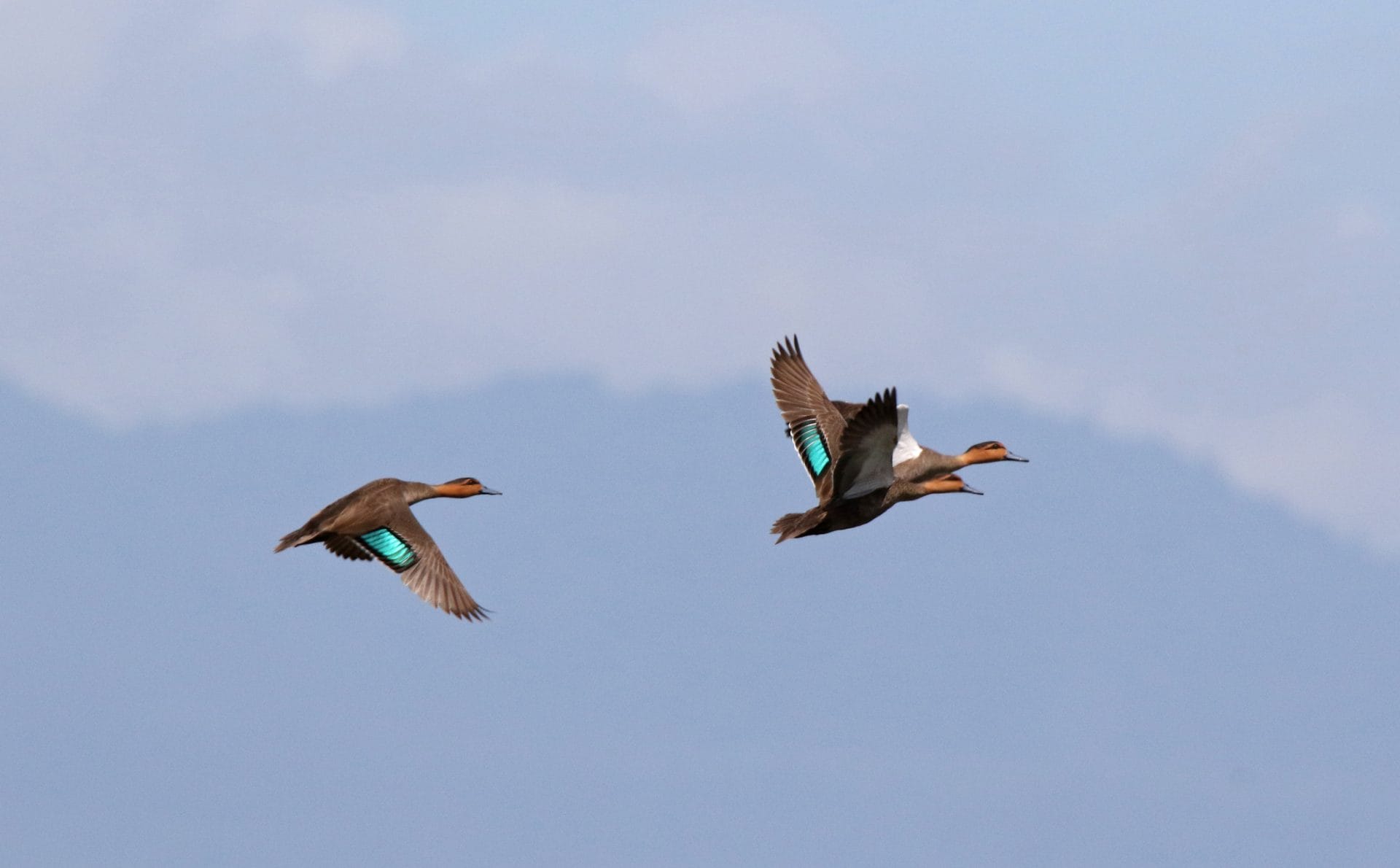
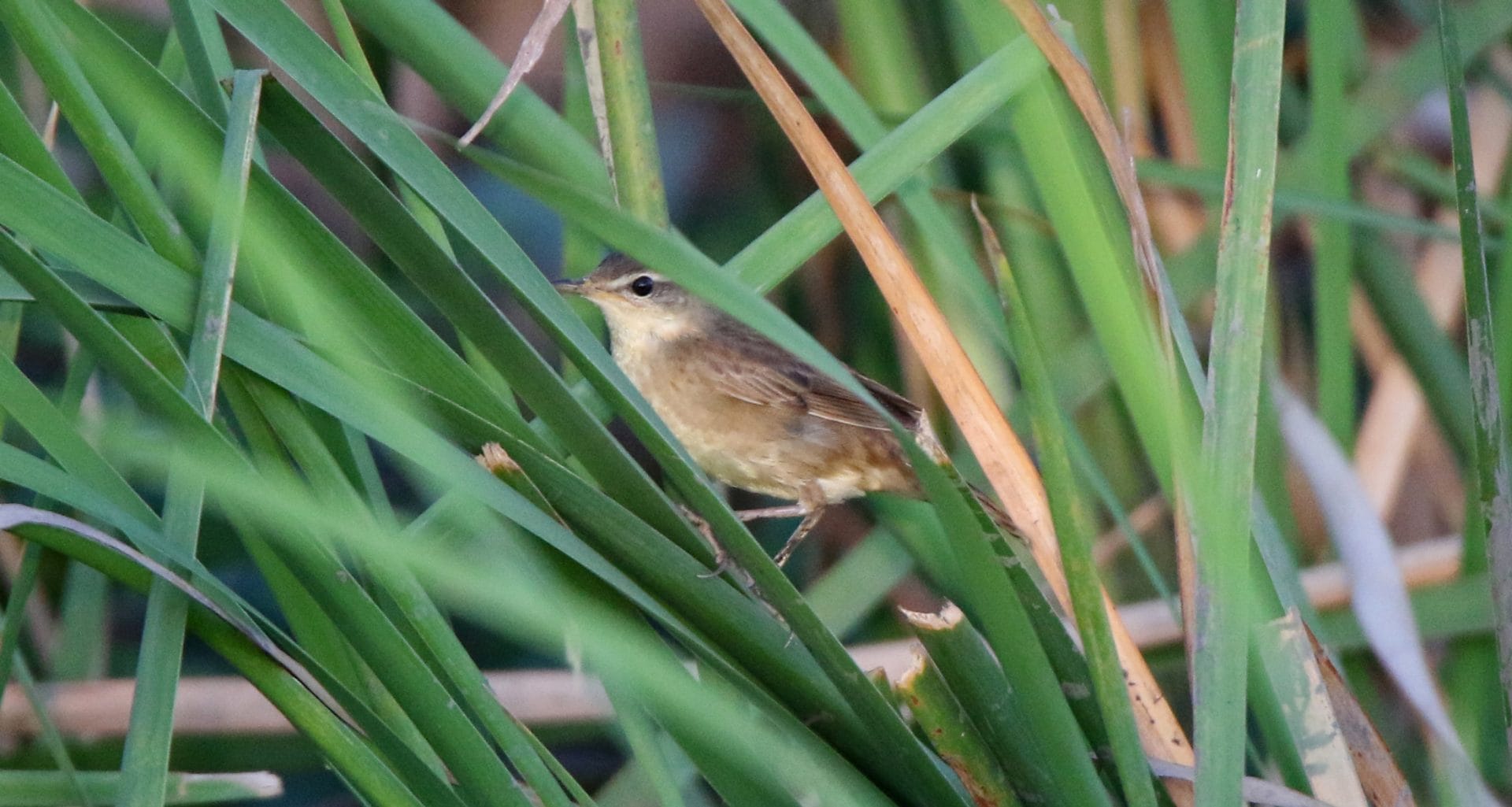
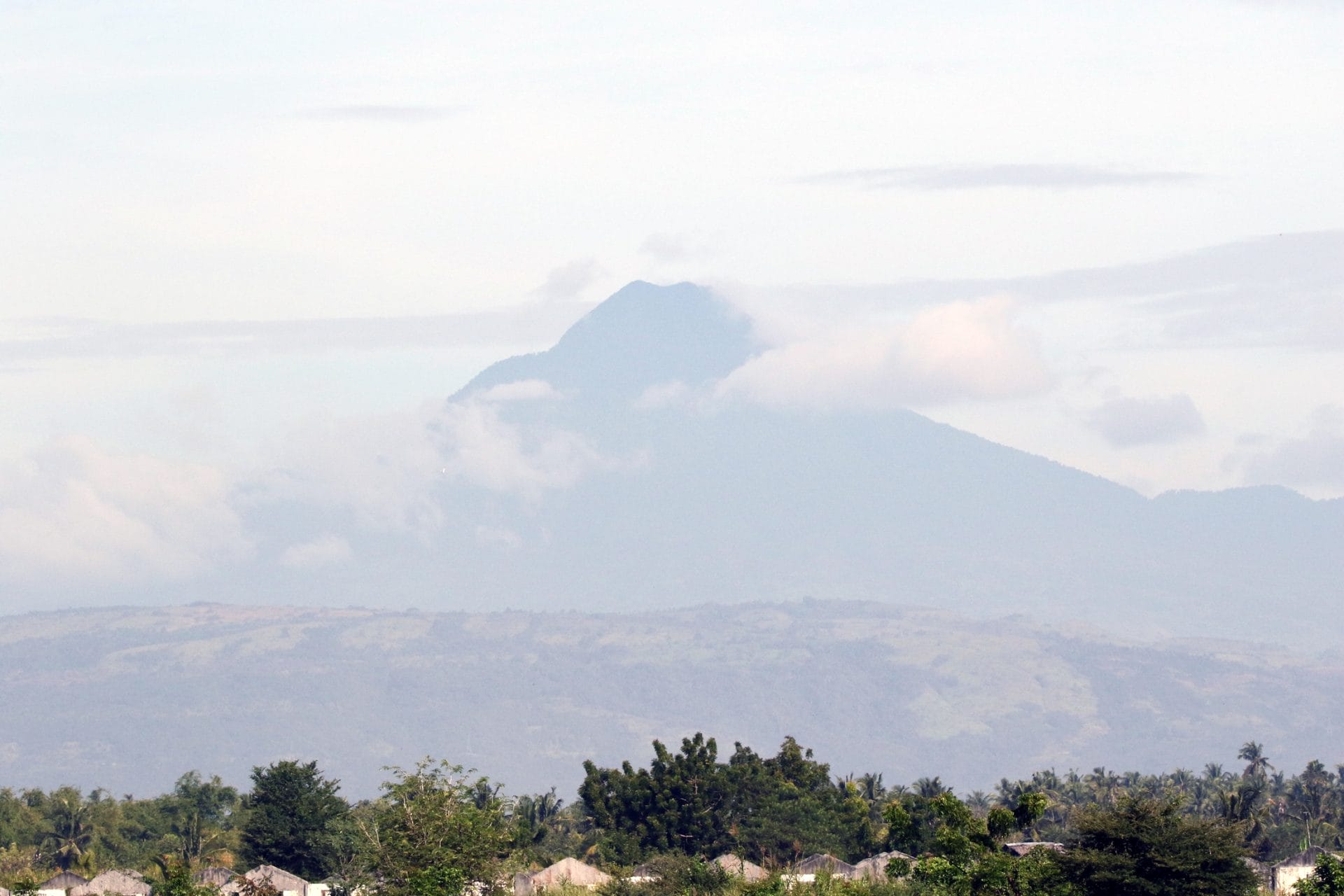
From the salt pans site, in early morning light, looking across flat plains to the North, Mt Matutum rises majestically in the distance. That led me to more Google Earth investigation and a search for the newly split T’boli Sunbird, maybe the subject of another eBon article.

